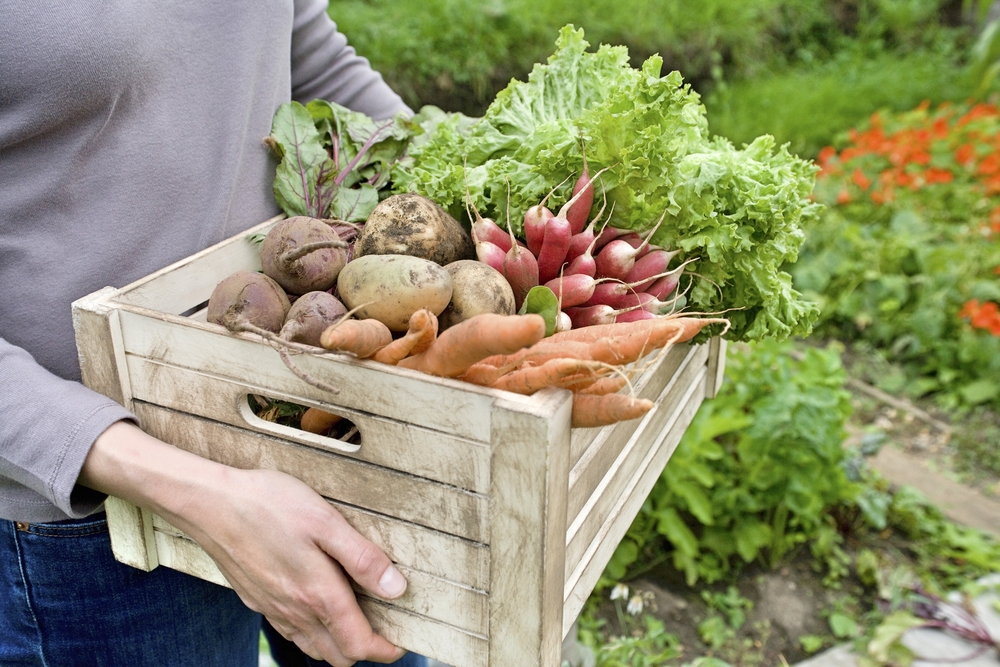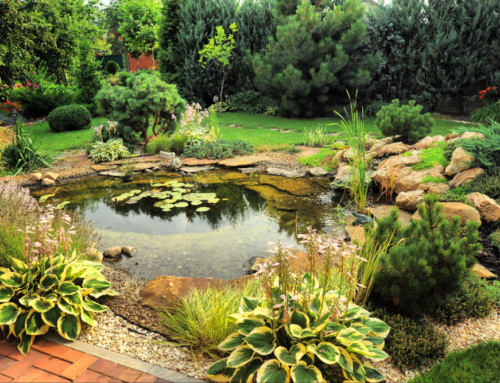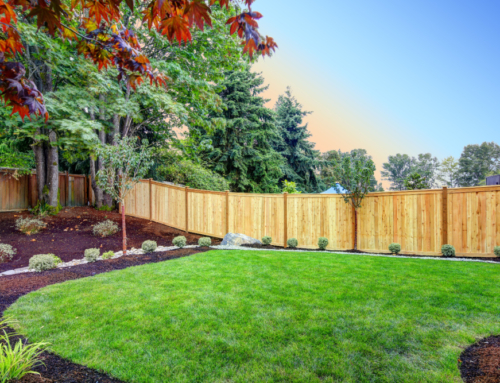Landscaping is typically considered a practice geared toward enhancing an area’s visual appeal. However, a growing number of homeowners and businesses are discovering that landscaping can serve a much more practical purpose. Among these is the integration of vegetable gardens into the landscape, an addition that is as beneficial as it is beautiful. This blog post explores the benefits of incorporating a vegetable garden into your landscape.
The Value of a Vegetable Garden: More Than What Meets the Eye
Vegetable gardens are not just about the fresh produce they provide, although that’s a major advantage. They can also add aesthetic appeal, offer educational opportunities, promote health and wellness, and contribute to sustainability efforts. Let’s delve into these benefits further.
Aesthetically Pleasing
Contrary to some assumptions, vegetable gardens can be incredibly aesthetically pleasing. A well-planned vegetable garden can offer a riot of colors, textures, and shapes, providing visual interest to your landscape. From the vibrant reds of ripe tomatoes and the deep greens of spinach to the intriguing shapes of squashes and the delicate flowers of bean plants, there’s no shortage of beauty in a vegetable garden.
Educational Opportunities
A vegetable garden can be an educational tool for children and adults. It offers a hands-on way to learn about plant growth cycles, soil composition, the importance of pollinators, and the value of patience and care. Children, in particular, can benefit from the sense of responsibility and accomplishment of nurturing a plant from seed to harvest.
Health and Wellness
Growing your own vegetables can contribute significantly to health and wellness. Not only do you have access to fresh, nutrient-dense produce, but the act of gardening itself is a form of exercise that encourages physical activity. Moreover, gardening has been shown to reduce stress, improve mood, and promote a sense of well-being.
Sustainability
Incorporating a vegetable garden into your landscape is an effective way to contribute to sustainability. It reduces the need for commercially grown produce, which often involves extensive transportation and packaging, both of which have environmental impacts. Additionally, you can use organic gardening methods, avoiding harmful pesticides and promoting healthy soil through composting and other sustainable practices.
Planning Your Vegetable Garden: Key Considerations
Incorporating a vegetable garden into your landscape requires careful planning. Here are a few key considerations to keep in mind.
Size and location
The size and location of your garden will depend on your available space, the amount of sunlight your landscape receives, and the types of vegetables you want to grow. Remember that even a small garden can yield a substantial amount of produce.
Soil quality
Vegetables require nutrient-rich soil to thrive. You may need to amend your soil with compost or other organic matter to provide the necessary nutrients. Regular soil testing can help you monitor your soil’s health and make necessary adjustments.
Watering needs
Different vegetables have different watering needs, varying depending on your climate and soil type. Investing in a good irrigation system can ensure your plants get the right amount of water.
Plant selection
Choose vegetables you and your family enjoy eating, but consider their growing requirements and how they’ll fit into your overall landscape design. Consider a mix of annual and perennial vegetables for a continuous yearly harvest.
Vegetable gardens as part of the larger andscape
A vegetable garden doesn’t have to be a separate element in your landscape. It can be integrated into the overall design to enhance its functionality and aesthetic appeal.
Edible landscaping
Edible landscaping involves integrating edible plants into a decorative setting. Instead of segregating your vegetables in a separate plot, you can intersperse them with ornamental plants. This not only maximizes your use of space but also adds an element of surprise and delight to your landscape.
Raised beds and containers
Consider using raised beds or containers if your landscape is small or your soil could be better for growing vegetables. These can be designed to complement your existing landscape and can be placed on patios, along driveways, or even on rooftops.
Incorporating vertical elements
Vertical gardening can save space and add visual interest to your landscape. Consider using trellises, arbors, or pergolas to grow climbing vegetables like beans, peas, and cucumbers.
Conclusion: Enrich Your Landscape with a Vegetable Garden
Incorporating a vegetable garden into your landscape offers a wealth of benefits, from enhancing the beauty of your space to promoting health, education, and sustainability. It requires careful planning and maintenance, but the tangible and intangible rewards are well worth the effort.
Are you in need of a landscaping expert to help you design your residential landscape? If so, get in touch with us.






